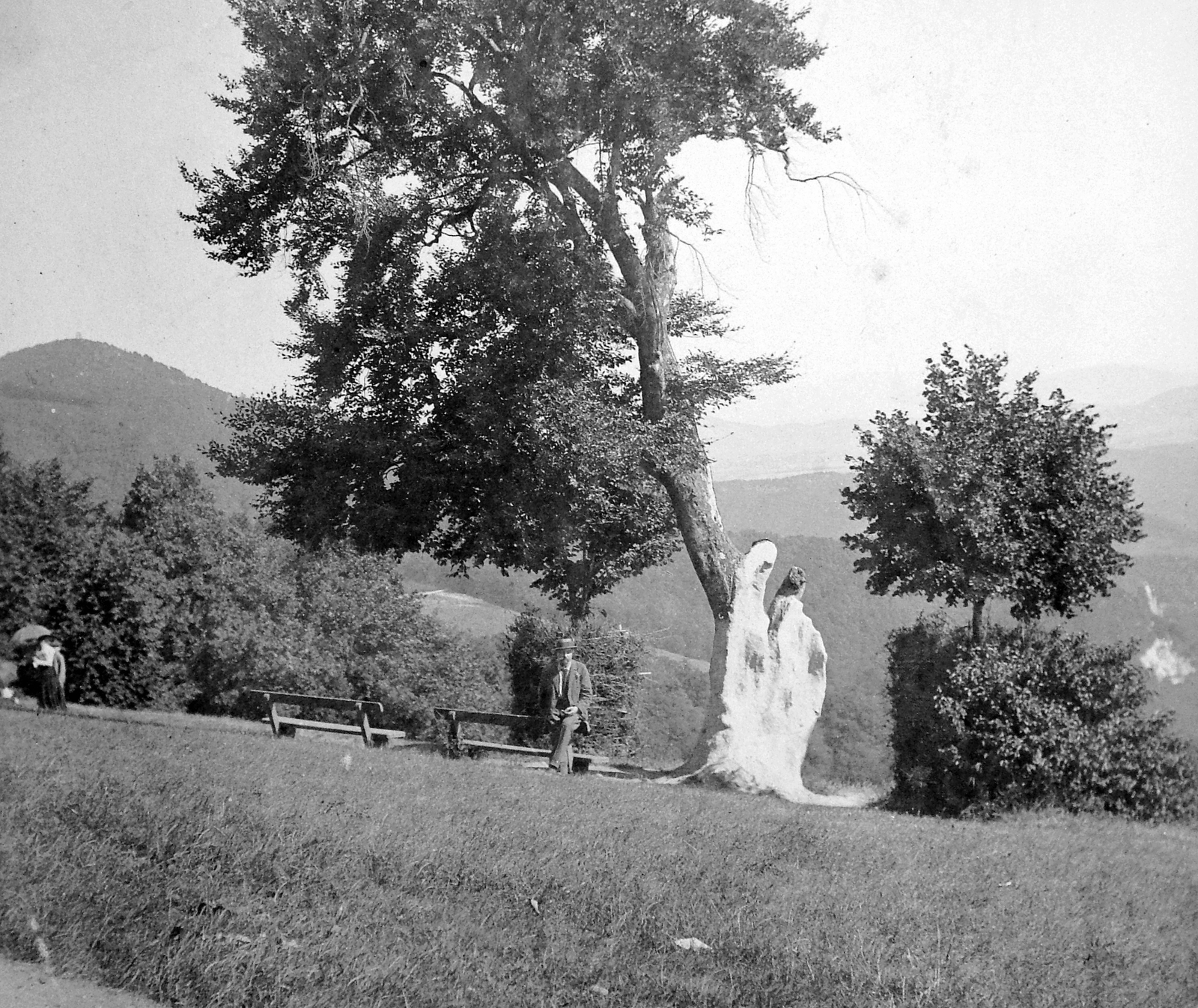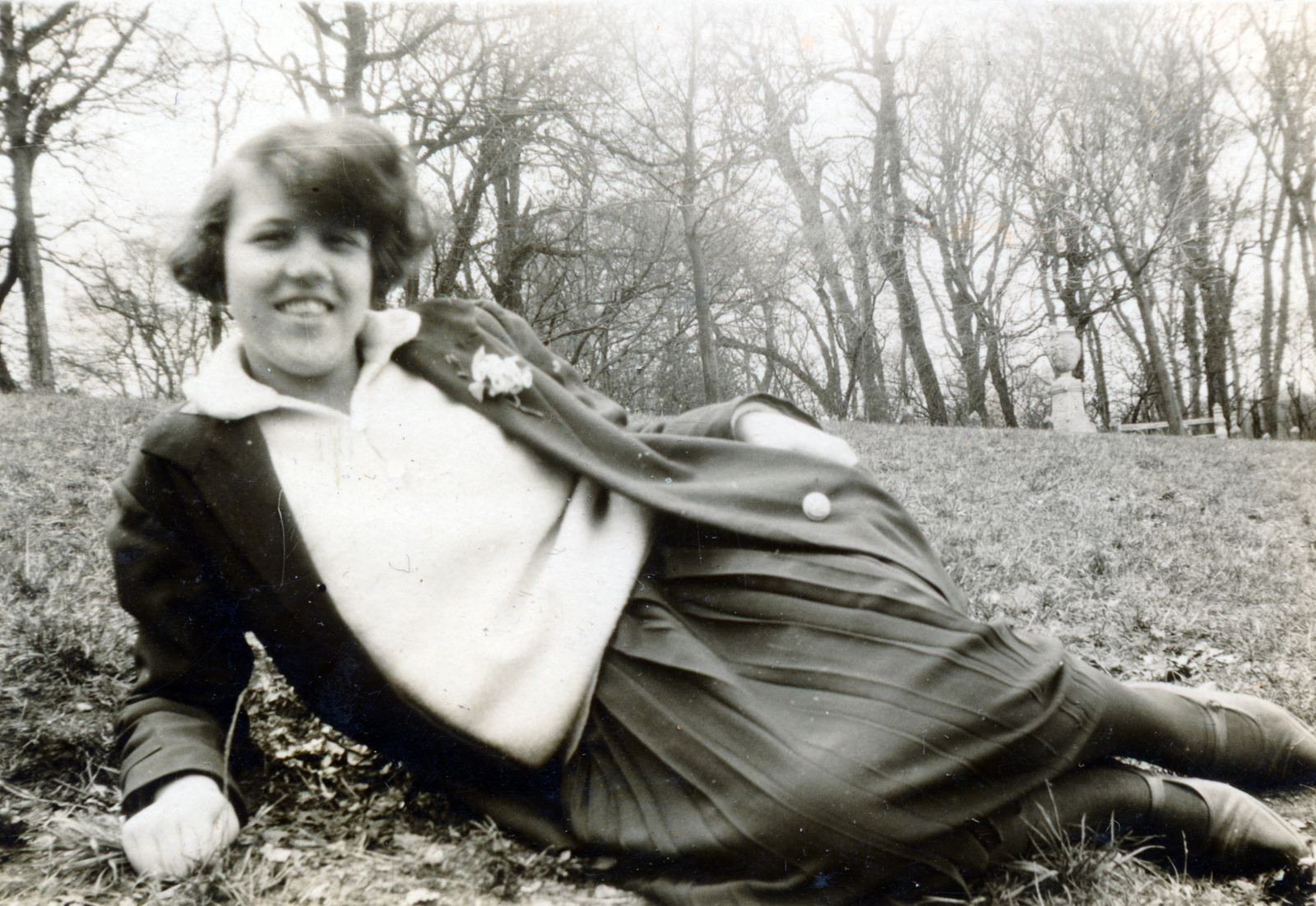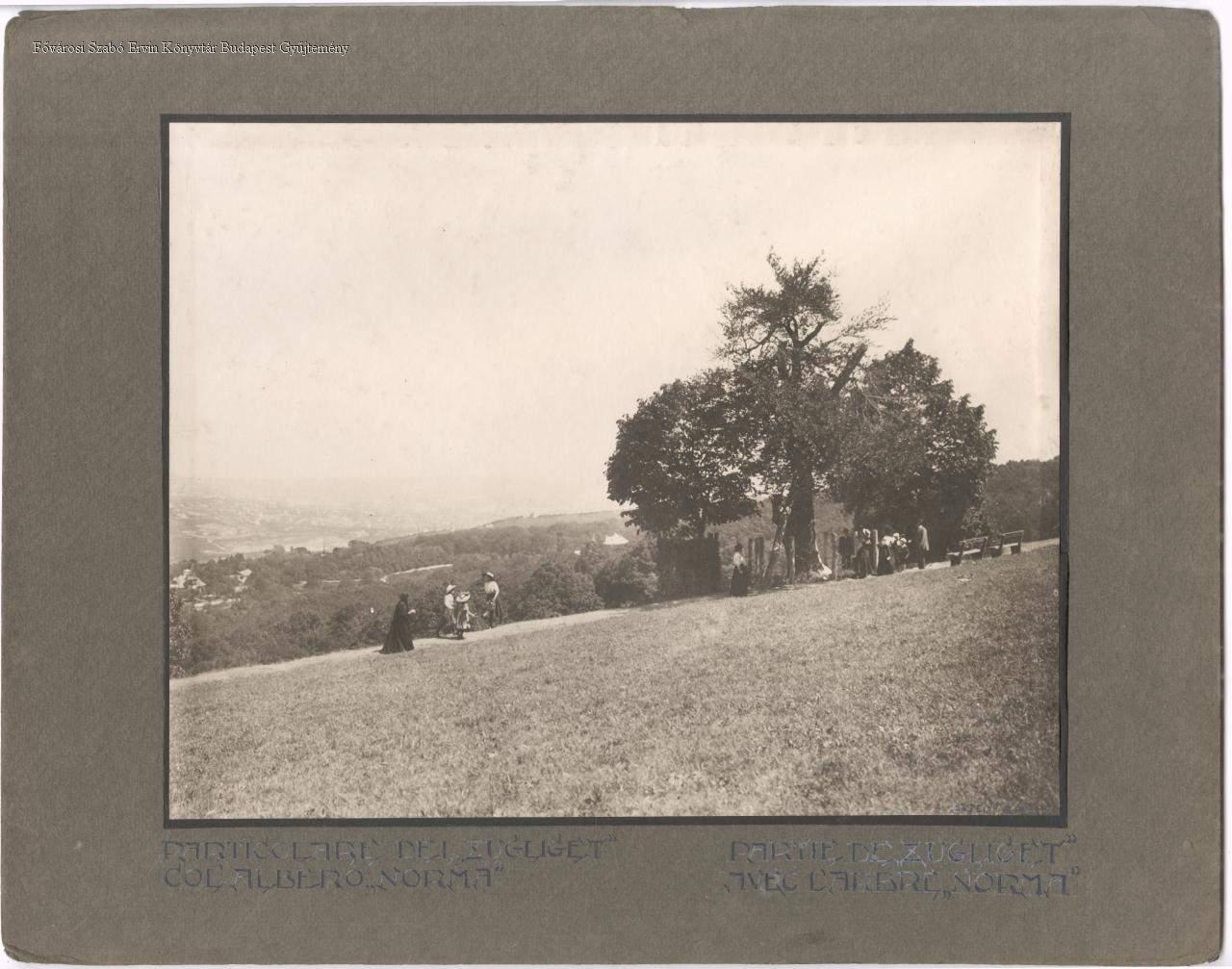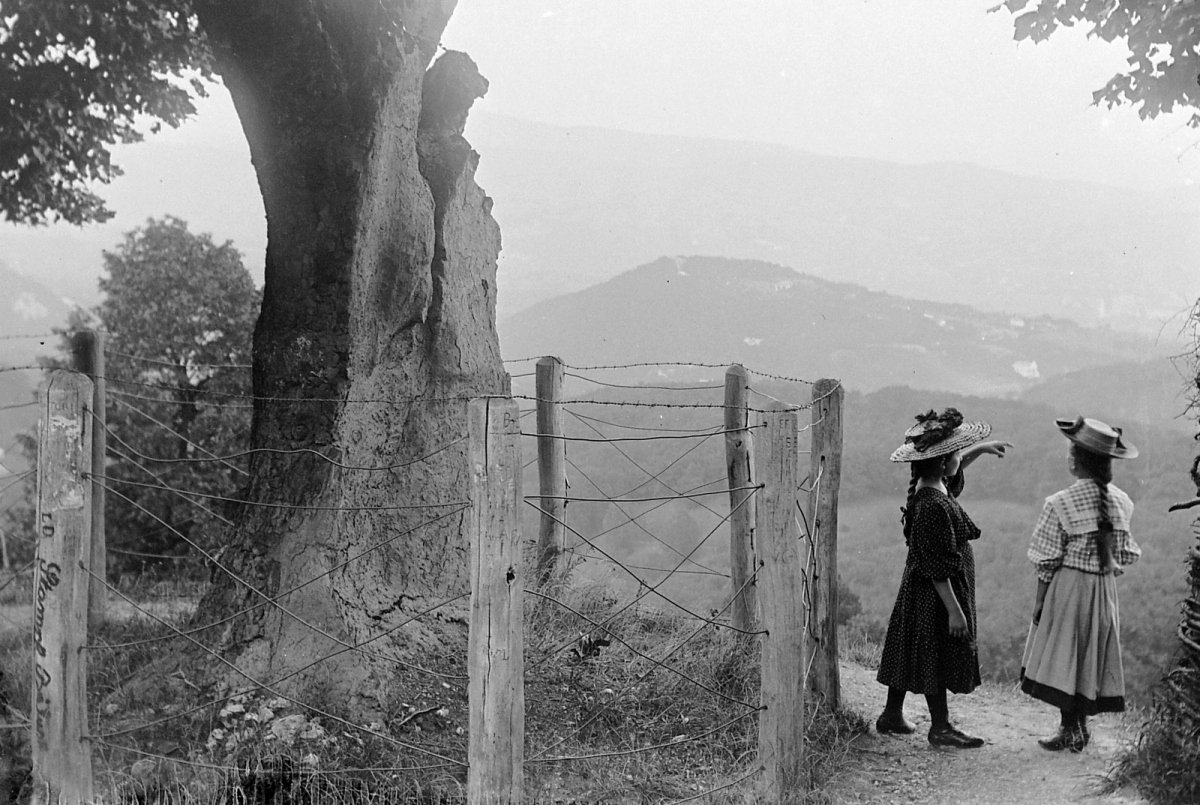Normafa is today Buda's favorite excursion destination. In fact, this has always been the case since the city man feels the need to go out to “the green” from time to time. One of the most popular destinations for these short, pleasant and comfortable tours was from the first decades of the 19th century the highest point of Svábhegy, Normafa. But originally this name was not carried by a clearing surrounded by trees 477 meters high, but by a beech tree that has traditionally stood on the hill for centuries.
Legends were associated with the large, prestigious beech tree. One says it sprouted when King Matthias was born, others say Matthias also rested in its shadow. If we accept these theories, which are in fact proven by nothing, then the tree should have been half a millennium old by the beginning of the 20th century.

The severely damaged Normafa in 1919 (Photo: Fortepan / No.: 7068)
Indeed, beech trees can live for up to 300 years, and there are always exceptions, so it is not impossible that this beech tree at the highest point of Svábhegy was indeed half a millennium old. In any case, in the 19th century, the already very old and spacious tree became a popular destination for excursions. It was especially popular with the artists of the National Theatre, who visited this place in groups, often together with the whole company.
This also happened in 1840, when one day Pál Nyáry, the chief notary of the county of Pest-Pilis-Solt, the director of the National Theatre, handed over the gift of the audience, a silver sickle, to Rozália Schodelné Klein. And the world-famous opera singer was so happy that she sang a song and sang nothing else than the grand aria of Bellini's opera Norma. The artist chose this work because the opera is about a druid priestess.
Due to this impromptu performance, the name Normafa stuck to the then ancient tree which was called Viharbükk until then.
As early as the 1860s, the name Normafa was already on the maps. But time also passes over the trees, especially when they stand on top of a mountain, alone. Every hiker knows or should know that you should not stand under a tree standing alone during a storm, because there is a very good chance that lightning will strike the tree.

There was only a stone pillar in memory of the tree in 1927 (Photo: Fortepan / No.: 157911)
Normafa was no exception, it was often struck by lightning. As early as the 1890s, it was torn in two by lightning, and storms did not spare it either. The Turisták Lapja wrote about the destruction of the tree in 1918, in that year's issue, János Szabó wrote the following:
“ Normafa, the beech tree of the Buda hills, fell down. Its passing did not come as a surprise. It has been sick for a long time. The old beech, which had seen so many blooming springs and so many sorrowful autumns, which understood the soaring of so many beautiful dawns and the gloom of so many spooky dusk, was struck by the iron teeth of time. Its trunk, which had triumphantly defied countless hurricanes, had been torn in two years ago by a gust of wind. The remaining trunk was taken care of by the capital. They took care of it with great mercy. But in vain. A long illness ends in death. The decayed trunk was overthrown by the autumn wind. ”
The partially decayed tree was then saved by the capital. It was supported, surrounded by a cane braid, and the trunk of the tree was also reinforced with concrete, so that it was somehow kept alive, but its fate was finally sealed 95 years ago: on 19 June 1927, the tree fell down permanently. The Turisták Lapja told the news to hikers:
“ Every real tourist and nature-friend received the news with pain that the Normafa in Svábhegy, which has been the most popular destination for excursions in Buda since ancient times, was completely destroyed on Sunday afternoon, 19 June. A piece of the formerly spacious centuries-old beech tree has survived to this day, and with the help of so-called Sunday tourists, this remains have now fallen down. ”
But what happened on 19 June 1927? According to the dailies, around 4 p.m. Sunday afternoon, a young man leaned against the tree and it simply fell. The tourists there embarked on this and simply took apart the tree, taking most of it as a souvenir. This was seen by a forester who hurried to the chief forester, who arranged for the fallen trunk to be transported to the forester's office and, according to other reports, to a nearby Kovács restaurant.

Normafa still standing strongly at the end of the 19th century (Photo: FSZEK Budapest Collection)
The capital wanted to preserve the stump, so it was placed under the waterfall of the artesian well on Margaret Island, but the experiment failed, the tree trunk decayed.
A commemorative column erected in 1906 and two memorial plaques, one erected in 1967 and the other in 1969, tell the story of Normafa on site, and the name of the excursion site that still preserves the legend of the artists of the National Theatre and the memory of the old fallen beech tree.
Cover photo: Normafa at the end of the 19th century (Photo: Fortepan / No.: 2787)




































Hozzászólások
Log in or register to comment!
Login Registration